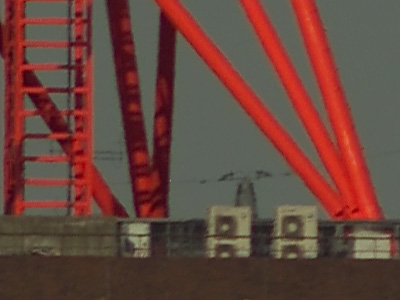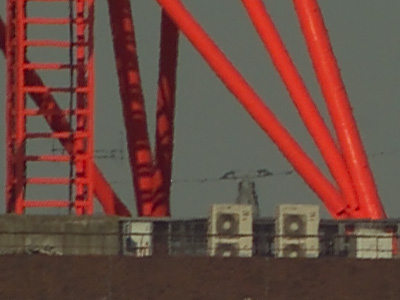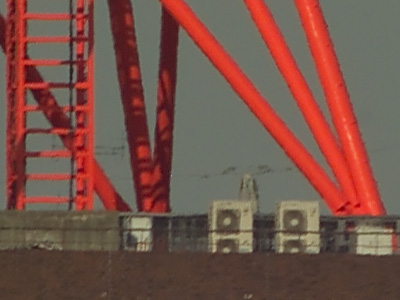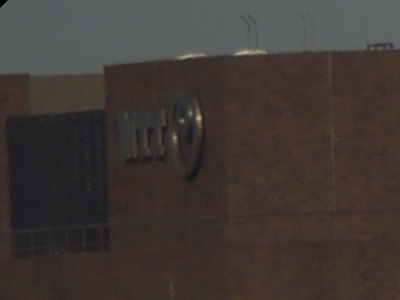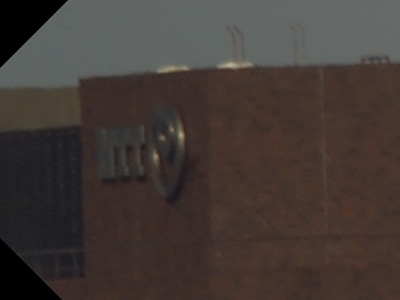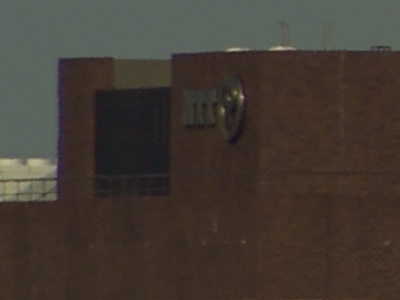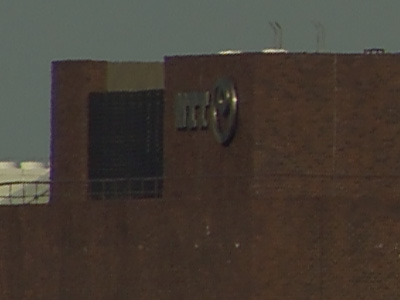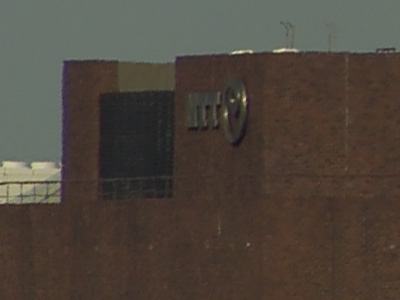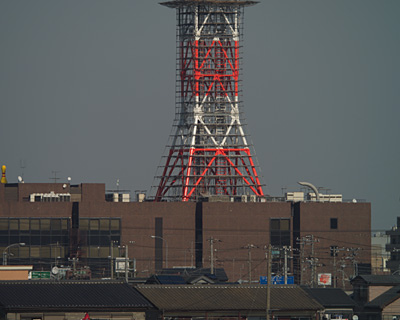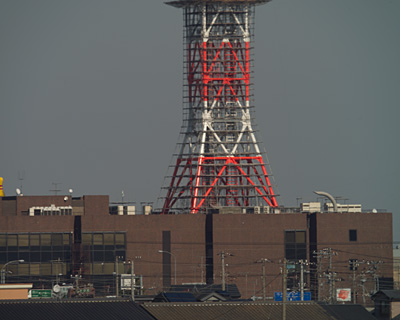
|
|
The lenses tested:
All images were shot with the camera set to Aperture Priority mode. The DCR (raw) files were converted to 8-bit TIFF files, then cropped in Photoshop before being saved as JPEGs for web viewing. Except for re-sizing the color balance examples, absolutely no sharpening, color, or levels adjustments were performed. See notes on the limitations of this test at the bottom of this page.
1) Point of focus. The point of focus was the radio tower in the center of the frame, which was as good a focusing target as I could find, but the exact point of focus may vary slightly between lenses. 2) Representative sample. I am using my own lenses for these tests, the two mirror lenses were purchased new, but the Prakticar was purchased used. I do not know the history of the used lens, and so it may have been disassembled or serviced prior to its coming into my possession. At any rate, the lenses tested here are assumed to be a "representative sample" of what is commonly available. Variations in manufacture among other things may skew the results, and so these test images may or may not accurately reflect what you can expect from a different lens specimen. The 500mm F5.6 Rubinar was adapted from M42 mount to Pentacon 6 mount by myself. Since I am not a professional machinist, there is a very real possibility that the new lens mount does not keep the lens mounted perfectly parallel to the film/sensor plane. 3) "Non-Digital lenses." There is an ongoing debate about the performance capabilities of older lenses on digital sensors. While none of the lenses tested were developed specifically for digital sensors, the Kodak ProBack 645 mounted on the Contax 645 was developed specifically for medium format digital photography and performs superbly even with existing non-digital-specific lenses. While I cannot answer the above-mentioned question with any authority, these tests were conducted with as even a playing field as is currently possible. Most of the results are outstanding and should reflect what is possible when shooting on film as well. 4) Resolving limits of the digital sensor. The CCD sensor in the Kodak ProBack 645 measures 36.72mm x 36.72mm and delivers a 4072 x 4072 pixel image as a 20MB raw and/or 50MB TIFF file. Each pixel measures just 0.009mm on the CCD. The cropped areas above measure 400 x 300 pixels, meaning that it represents a 3.6mm x 2.7mm area on the sensor. If you view these images on a common .26mm dot pitch monitor, it is the equivalent of examining a 5.3 x 5.3 foot print (1.6 x 1.6 meters) from a 6x6 piece of film up close. This is extreme magnification. To put this into perspective, take a few steps back from your monitor and then look at the images again... this would be a little more appropriate for a print viewing distance. 5) Camera shake. Getting sharp images out of these lenses proved to be somewhat difficult -- the biggest problem being camera shake. To minimize the risk of these results being skewed by camera shake, I shot all images: on a nearly windless day, with the tripod legs unextended, using a cable release and the camera's self timer function which pre-fires the mirror, took about 15 shots with each lens and chose the sharpest ones to display here. | |||||||||||||||||||
|
All text and images Copyright © 2005 - Kevin Ing
|



